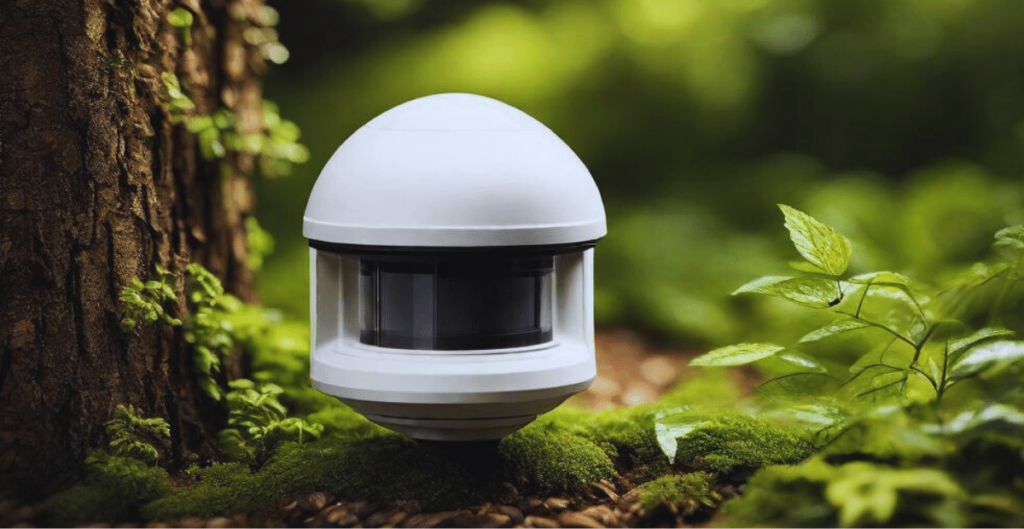Table of Contents
ToggleIntroduction:
Motion sensors have revolutionized the way we approach security and convenience in outdoor spaces. From illuminating pathways to triggering alarm systems, these devices offer a multifaceted solution for homeowners and businesses alike. In this comprehensive guide, we’ll delve into the benefits of outdoor motion sensors, how they work, types available, installation processes, and key considerations when purchasing one.
Understanding the Benefits of Outdoor Motion Sensors
Outdoor motion sensors serve as a proactive deterrent against intruders and a practical tool for enhancing convenience. They function by detecting movement in their designated range, promptly activating connected devices or systems. The primary advantages include:
1. Enhanced Security:
Motion sensors serve as an integral component of security systems, triggering alarms and alerting homeowners or security services of potential intrusions. They act as the first line of defense against unauthorized access, deterring burglars and vandals.
2. Energy Efficiency:
These sensors contribute to energy conservation by activating lights or appliances only when necessary. They prevent unnecessary power consumption, reducing electricity bills and environmental impact.
3. Convenience:
In residential settings, outdoor motion sensors provide convenience by automatically lighting pathways or outdoor spaces when someone approaches. This feature adds a layer of safety and ease, especially during nighttime activities.
How Outdoor Motion Sensors Work
The functionality of outdoor motion sensors relies on various technologies such as passive infrared (PIR), microwave, ultrasonic, or a combination thereof. Among these, passive infrared sensors are the most commonly used for outdoor applications.
Types of Outdoor Motion Sensors
1. Passive Infrared (PIR) Sensors:
PIR sensors detect infrared radiation emitted by warm objects such as humans or animals. They trigger an alarm or activate lights when a change in infrared energy is detected within their field of view.
2. Microwave Sensors:
Microwave sensors emit microwaves and analyze the reflection patterns. They are highly sensitive and suitable for larger areas but may be affected by environmental factors like rain or wind.
3. Dual Technology Sensors:
Combining multiple technologies, dual technology sensors offer enhanced accuracy by requiring both technologies to activate. This minimizes false alarms triggered by environmental factors.
Installation Process
1. Determine Sensor Placement:
Identify optimal locations for sensor placement considering the area to be covered and potential obstructions.
2. Power Supply:
Ensure a stable power source for the sensors. Some models operate on batteries, while others require a wired connection.
3. Mounting:
Follow manufacturer guidelines to securely mount the sensor, ensuring it is positioned correctly for maximum coverage.
4. Testing:
After installation, test the sensor’s functionality to ensure proper operation.
Key Considerations When Purchasing Outdoor Motion Sensors
1. Range and Sensitivity:
Consider the sensor’s range and sensitivity to suit the specific requirements of your outdoor space.
2. Weather Resistance:
Opt for sensors designed to withstand various weather conditions for durability and longevity.
3. Integration Capabilities:
Check compatibility with other security systems or smart home devices for seamless integration.
Conclusion:
In conclusion, outdoor motion sensors are indispensable tools for bolstering security and convenience in residential and commercial settings. Their diverse functionalities, coupled with easy installation and advanced features, make them a worthwhile investment for anyone seeking to fortify their property’s safety measures.
When considering purchasing outdoor motion sensors, prioritize features that align with your specific needs. Evaluate the range, sensitivity, weather resistance, and integration capabilities to ensure you select the optimal sensor for your space.
Invest in outdoor motion sensors today to enjoy a heightened sense of security and convenience in your outdoor areas.
This comprehensive guide on outdoor motion sensors aims to provide you with a complete understanding of their benefits, working mechanisms, types, installation processes, and key considerations when purchasing. It’s an essential tool for anyone looking to enhance their outdoor space’s security and convenience.



